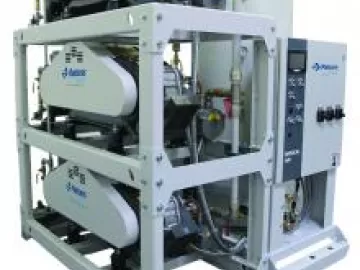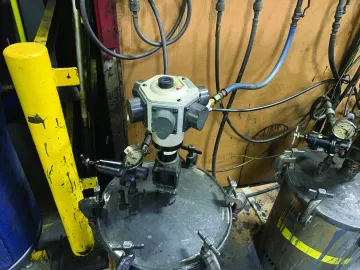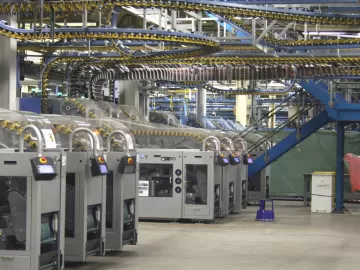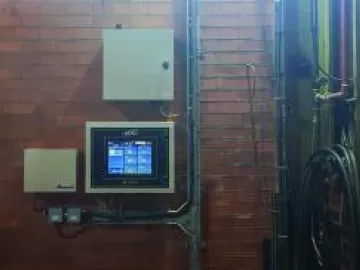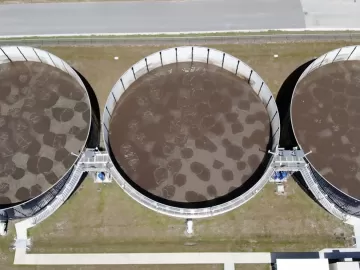Three Ways To Make Packaging Lines More Sustainable
Sustainability is a high priority for today’s consumer packaged goods (CPG) companies. Driven by environmental responsibility, government regulations and customer preferences, CPGs are actively seeking ways to decarbonize their packaging lines and use eco-friendly packaging materials. Many have started monitoring the energy consumption of their equipment in real time and upgraded critical areas of their packaging processes using two key technologies: pneumatics and ultrasonic welding.





